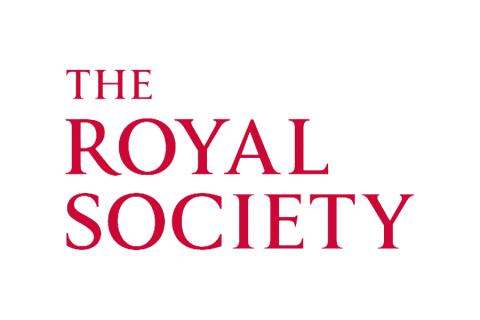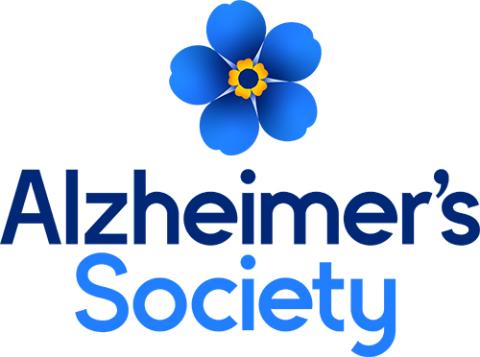Key details
Understanding blood vessel dysfunction in the brain during dementia
The Díaz Castro Lab aim to deepen the understanding of the molecular and cellular mechanisms that link brain blood vessel dysfunction and dementia with the hope that their results will be translated into the development of early diagnostic methods and treatments.
The brain is an organ of unparalleled sophistication, and a fine control of its microenvironment is essential to maintain proper function. Key to this challenge is a specialised blood vessel structure called the blood-brain-barrier (BBB). Crucially the BBB controls the movement of substances between the brain and the rest of the body including restriction of dangerous toxins and pathogens.
Dysfunction of the BBB is one of the earliest events in neurodegenerative diseases that cause dementia, hence it is important for scientists to work out why this might be happening and how we can stop it. The BBB is a complex structure made up of many different types of cells and the Díaz Castro Lab believes greater understanding of them will be fundamental in deciphering what goes wrong in disease.
Over the course of this UK DRI project, Dr Díaz Castro and the team will investigate interactions between some of the cells found in the BBB, including astrocytes and brain endothelial cells. Astrocytes are part of the BBB whilst being in intimate contact with neurons to modulate their function and provide support. Brain endothelial cells are important structural cells lining the inside of brain blood vessels and constitute the first fence of the barrier. By studying the relationship between these cells in a healthy and disease context, they hope to identify key targets for therapeutics and early diagnostic methods.
Latest news

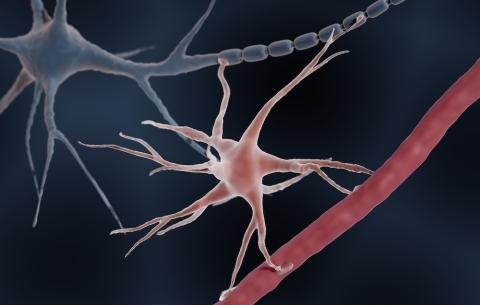
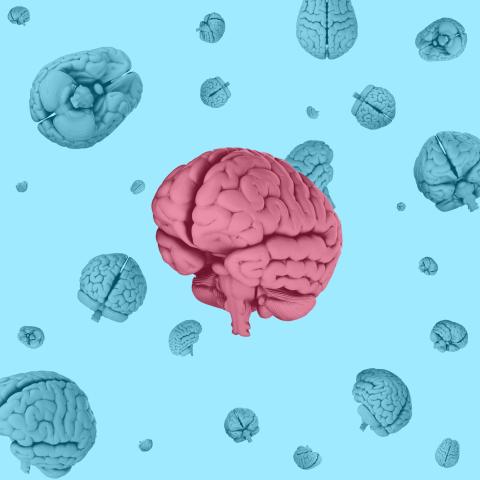
Dr Blanca Díaz Castro
Dr Blanca Díaz Castro is a Group Leader at the UK DRI at Edinburgh. Find out more about her career and expertise on her profile page.
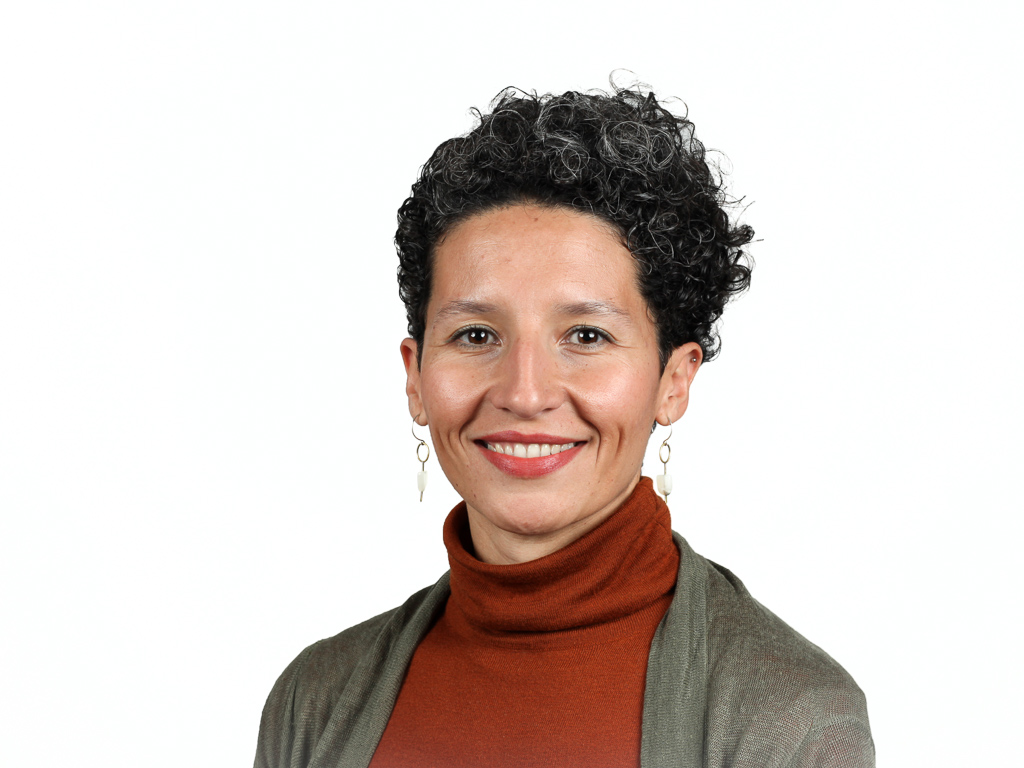
Research summary

The Diaz Castro lab study the interactions (blue) between cells that make up the blood-brain barrier, including astrocytes (magenta) and endothelial cells (green), to find out more about changes that occurs in our blood vessels as we age or develop dementia. Credit: Dr Isabel Bravo-Ferrer, Diaz Castro Lab
Understanding Blood-Brain Barrier dysfunction: Investigating astrocyte-endothelial cell interactions in health and disease
Unlike other organs, the exchange of substances between the blood and the brain is tightly regulated by a multicellular functional entity called the Blood Brain Barrier (BBB). The BBB provides a cellular boundary that restricts the invasion of toxins and pathogens into the brain, controls the uptake of molecules from the blood, metabolizes nutrients and clears the brain of toxic by-products. Failure in BBB homeostasis leads to severe neurological disorders.
Remarkably, BBB dysfunction is one of the earliest observations in neurodegenerative diseases and precedes neurodegeneration. In spite of the crucial function of the BBB and efforts made to understand the mechanisms that underlie its dysfunction, there are important aspects of BBB physiology that remain largely unexplored. How do the BBB cellular components interact? What are the molecular pathways leading to BBB dysfunction?
The two most widespread components of the BBB are the brain endothelial cells (BECs) and the astrocytes. BECs form the first barrier between the blood and the brain parenchyma thanks to protein complexes called tight junctions (TJs) that keep BECs closely bound. Astrocytes have a unique strategic position in the brain by intimately contacting neurons and covering the vasculature of the brain through specialized structures called astrocyte endfeet. The understanding of the interactions between these cells is necessary to better comprehend the role of the BBB in brain health, body-brain communication, and neurodegeneration.
The studies undertaken in this UK DRI project, led by Dr Blanca Díaz Castro, will enable the development of new disease therapies by identifying unknown BBB dysfunction mechanisms that will provide target proteins to design diagnostic methods and treatments capable of crossing the BBB.
Main objectives and research goals:
- Comparative characterisation and functional exploration of astrocyte and BEC interactions during BBB maturation, and in neurological disease.
- Functional mechanistic assessment, in vivo and in vitro, of new astrocyte-BEC interaction pathways unveiled by health and disease comparative studies.
- Testing of therapeutic targets which modulation may rescue disease phenotypes.
Key publications
Vacancies
Lab Members
- Dr Ilaria Rossetti (Postdoctoral Researcher)
- Dr Paula Beltran-Lobo (Postdoctoral Researcher)
- Dr Steven Hill (Postdoctoral Researcher)
- Chiara Colvin (Research Assistant)
- Austeja Ciulkinyte (PhD Student)
- Katrine Gaasdal-Bech (PhD Student)
- Noelia Perez-Ramos (PhD Student)
Collaborators
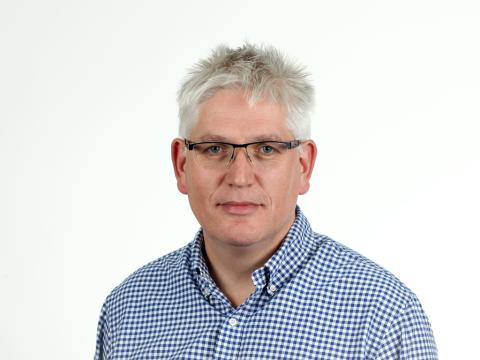


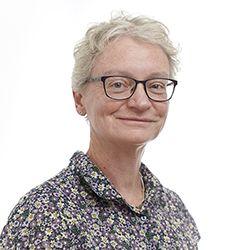
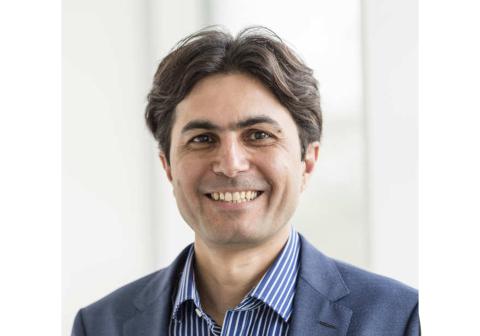






Lab funders
Thank you to all those who fund the Diaz Castro Lab!
